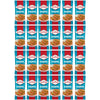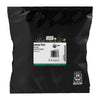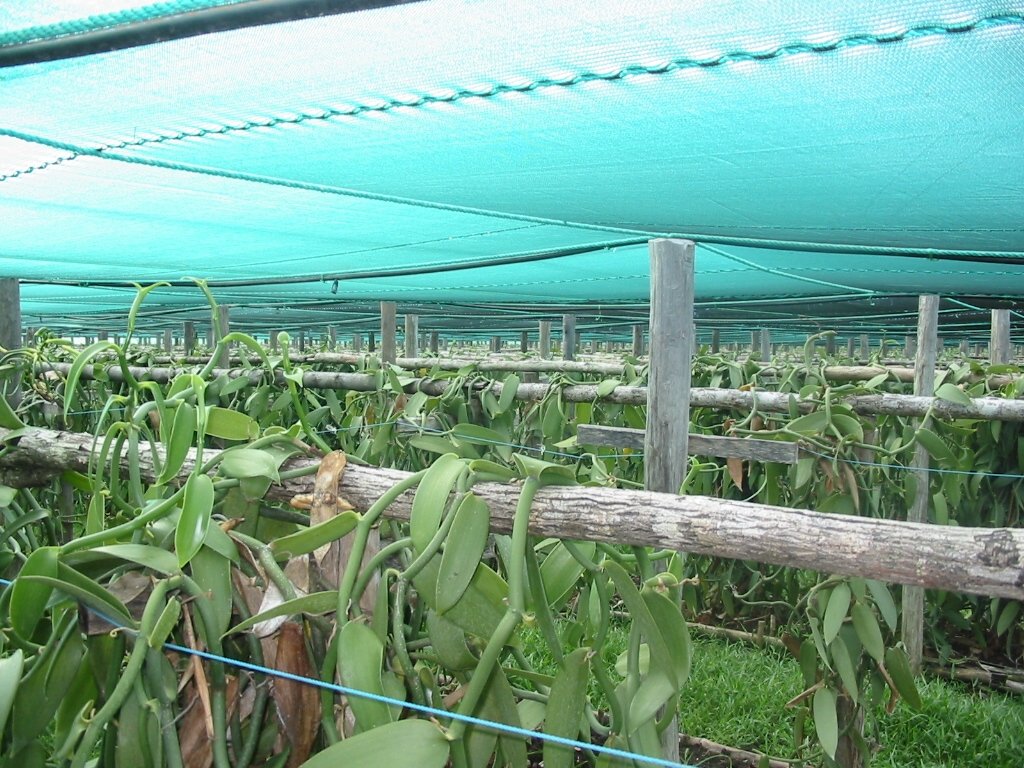You will not be allowed to compare more than 4 products at a time
View compareProduct Description
Discover the exquisite flavor of Grade A Gourmet Vanilla Beans, perfect for making vanilla extract and enhancing a variety of culinary creations. Sourced from Madagascar, these beans are ideal for both professional chefs and home cooks looking to elevate their dishes with rich, authentic vanilla.
Our vanilla beans are traditionally cured over several months, ensuring that the full depth of flavor develops. Unlike quick-cured beans, which are processed in as little as 7 to 10 days, our beans undergo a meticulous curing process that highlights the natural sweetness and complexity of the vanilla. Each bean is carefully inspected three times: during packing for smell and appearance, during vacuum sealing for visual quality, and finally before shipment to ensure integrity of the vacuum seal.
Key Features:- Grown in Madagascar, known for producing high-quality vanilla.
- Each bean measures approximately 12~14 cm (4~5 inches) in length.
- Traditionally cured to guarantee a full flavor profile.
- Vacuum packed for freshness and longevity.
- Ideal for making vanilla extract and for use in desserts like crème brûlée and vanilla ice cream.
- Triple inspected for quality assurance at every stage of processing.
- Versatile enough for both sweet and savory dishes, such as vanilla scallops and other gourmet recipes.
These gourmet vanilla beans are perfect for culinary enthusiasts who appreciate high-quality ingredients. Whether you are crafting a homemade vanilla extract or creating unique dishes that call for the rich flavor of vanilla, these beans will provide an authentic taste that is unmatched by artificial alternatives. Enhance your recipes and indulge in the true essence of vanilla with our premium Grade A Gourmet Vanilla Beans.
Frequently Asked Questions
- Q: What are the main uses of Madagascar Bourbon vanilla beans? A: Madagascar Bourbon vanilla beans are primarily used for making vanilla extract, desserts such as crème brûlée and vanilla ice cream, and can also enhance exotic main courses like Vanilla Scallops on a Skewer.
- Q: How are your vanilla beans cured? A: Our vanilla beans are traditionally cured over several months, allowing the full flavor to develop, unlike quick cured beans which are processed in just seven to ten days.
- Q: What is the size of the vanilla bean pack? A: The product comes in a pack containing twenty-five vanilla beans, each measuring between twelve to fourteen centimeters or four to five inches.
- Q: Are these vanilla beans suitable for baking? A: Yes, while these beans are ideal for making vanilla extract, they can also be used for baking, particularly in recipes where the depth of flavor from high-quality vanilla is desired.
- Q: How are the vanilla beans inspected for quality? A: The vanilla beans undergo triple inspection: during packing for smell and appearance, while vacuum sealing for appearance, and a final inspection before shipment to ensure the vacuum seal is intact.
- Q: Can these beans be used in savory dishes? A: Yes, Madagascar Bourbon vanilla beans can be creatively used in savory dishes, enhancing flavors in recipes like Turbot with Vanilla, Asparagus Tips, and Chicken Cocoa Grue Sauce.
- Q: What is the difference between Grade A and Grade B vanilla beans? A: Grade A vanilla beans are considered gourmet and are typically used in cooking, while Grade B beans are often preferred for making vanilla extract due to their higher oil content and stronger flavor.
- Q: Where are your vanilla beans sourced from? A: Our vanilla beans are sourced from Madagascar, specifically from the Bourbon Islands, which is renowned for producing high-quality vanilla.
- Q: How should I store the vanilla beans? A: Vanilla beans should be stored in a cool, dark place, ideally in an airtight container, to maintain their flavor and aroma for as long as possible.
- Q: What makes Madagascar vanilla beans unique? A: Madagascar vanilla beans are unique due to their complex flavor profile, resulting from the specific growing conditions and traditional curing processes, containing over two hundred organic compounds that contribute to their rich taste.












